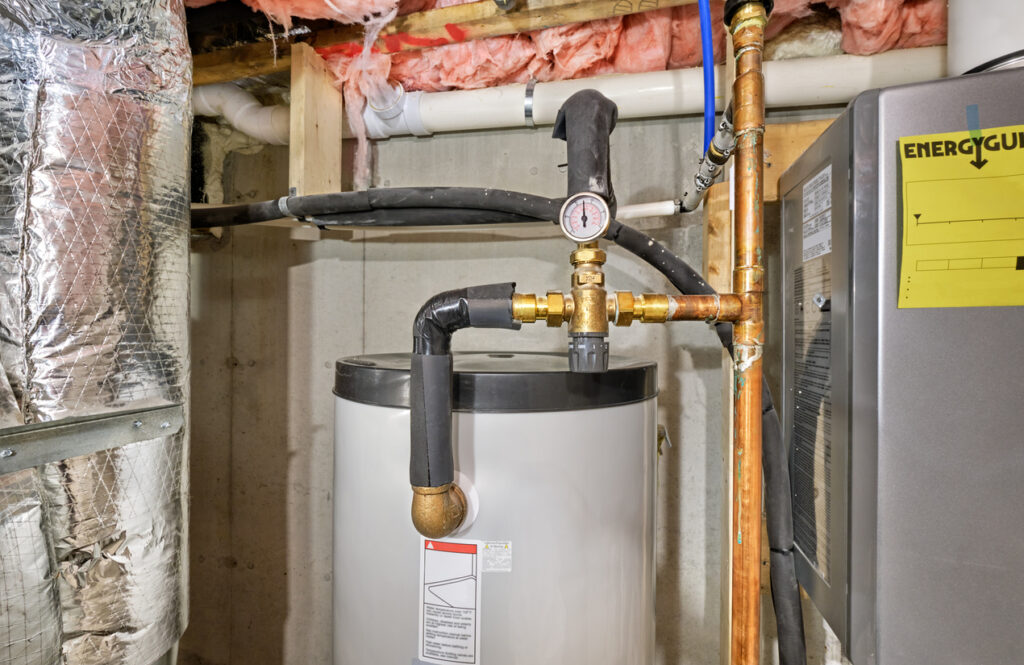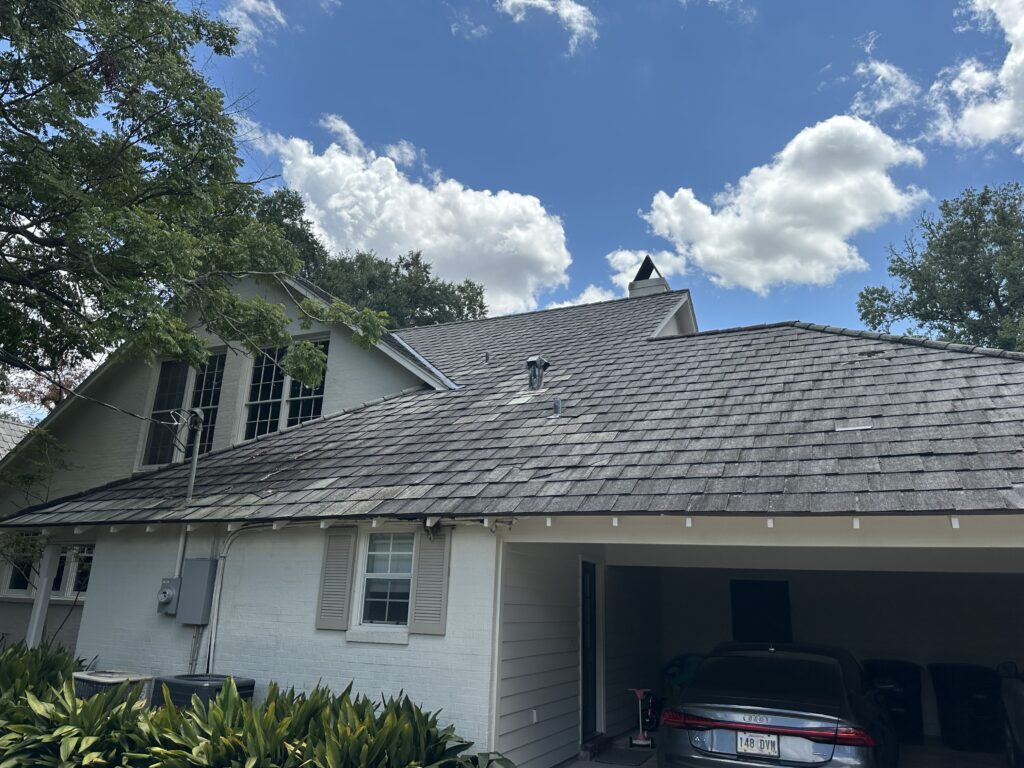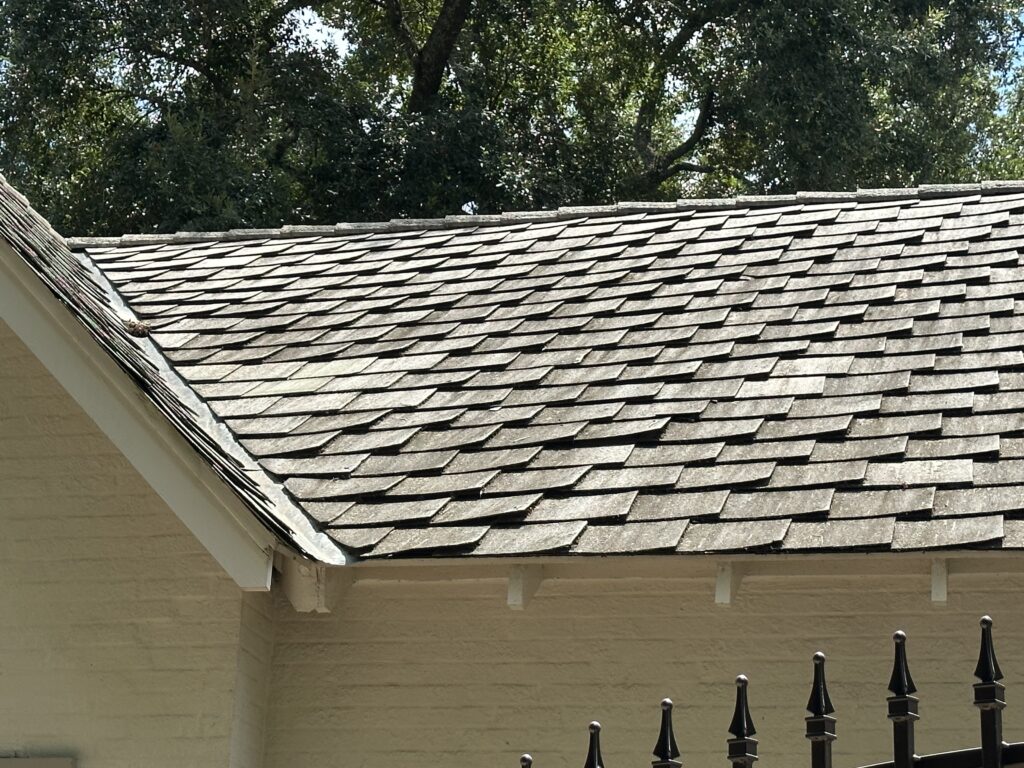So, you are tired of your house and are considering a remodel, or perhaps an addition. Where do you start? Overwhelmed already? That’s okay. Here are some ideas on how to plan a home remodel that may guide you in the right direction. How to Plan a Home Remodel 1. Establish a Budget & Sketch…
Read MoreTank water heater problems can be so annoying. One usually learns of water heater problems at the most inopportune time like taking a bath or a shower, washing clothes, or washing dishes. Hot water supply is something most people take for granted and are generally alarmed when they lose hot water. While problems in water…
Read MoreAs the saying goes, “We’ve been there and done that!”. A dishwasher that does not drain can be very frustrating. So, let us consider some possible reasons why this situation occurs. First and most obvious, make sure the unit is plugged into a functioning electrical outlet. If so, then check the panel box for a…
Read MoreThe beach or the mountains? Ford, Chevy, or Ram trucks? Pick a side and prepare for battle! No matter which side of the tank vs. tankless water heater argument you stand on, you will find plenty of company. In this article we will not define which is better – that choice will be up to…
Read MoreMost home inspections are performed during the purchase or sale of a house, usually initiated, and paid for by a prospective purchaser of a property. Home inspections are generally not mandatory but are often very helpful to a buyer of a property. During the home inspection process, a home inspector reviews the physical features of…
Read MoreReal estate agents are valuable assets to the buy/sell transaction process when one is looking to purchase or sell a home. Seasoned real estate agents understand the complexities of the process helping you manage the emotional, financial, and sometimes overwhelming process of buying and selling a home. Licensed agents undergo training, engage in academic studies,…
Read MoreOh, the pressure of preparing your house for sale. So, you made the decision to move forward with putting your house on the market for sale. Now, its time to clean, paint, arrange furnishings, hide items in storage and repair broken things………. that you know about! Where do you begin? You may consider upgrading finishes…
Read MoreHow long does the roof of my home last? – The answer to that question depends on the type of roof covering, how well it was installed, and certain environmental factors specific to the location of your house. For purposes of this question we will not discuss any structural issues and focus on the roof…
Read MoreThis can be a tricky question and difficult to answer easily and concisely, due to the fact that flashing can literally be a game of inches, where flashing that is installed but is a couple of inches out of place or too short can lead to catastrophic failure. How to Identify Proper Roof Flashing Installation…
Read MoreHip roofs and gable roofs are two of the most common roof types to be found across the country. Because they are so common, initial construction, maintenance and roof replacement of both types are industry standards and competent tradesmen and contractors will be easy to find. However, there are distinct differences. Gable vs Hip Roof…
Read More












